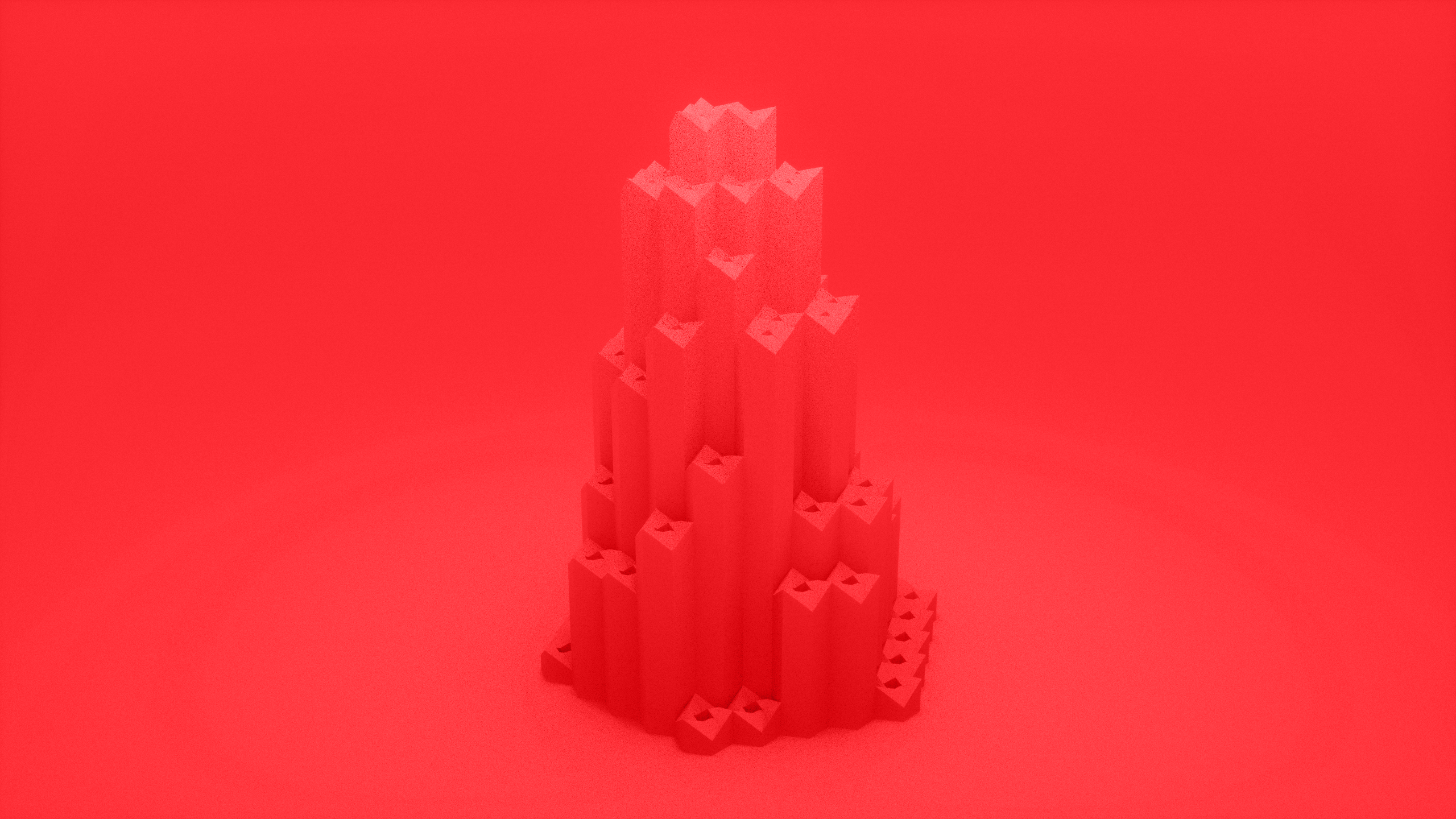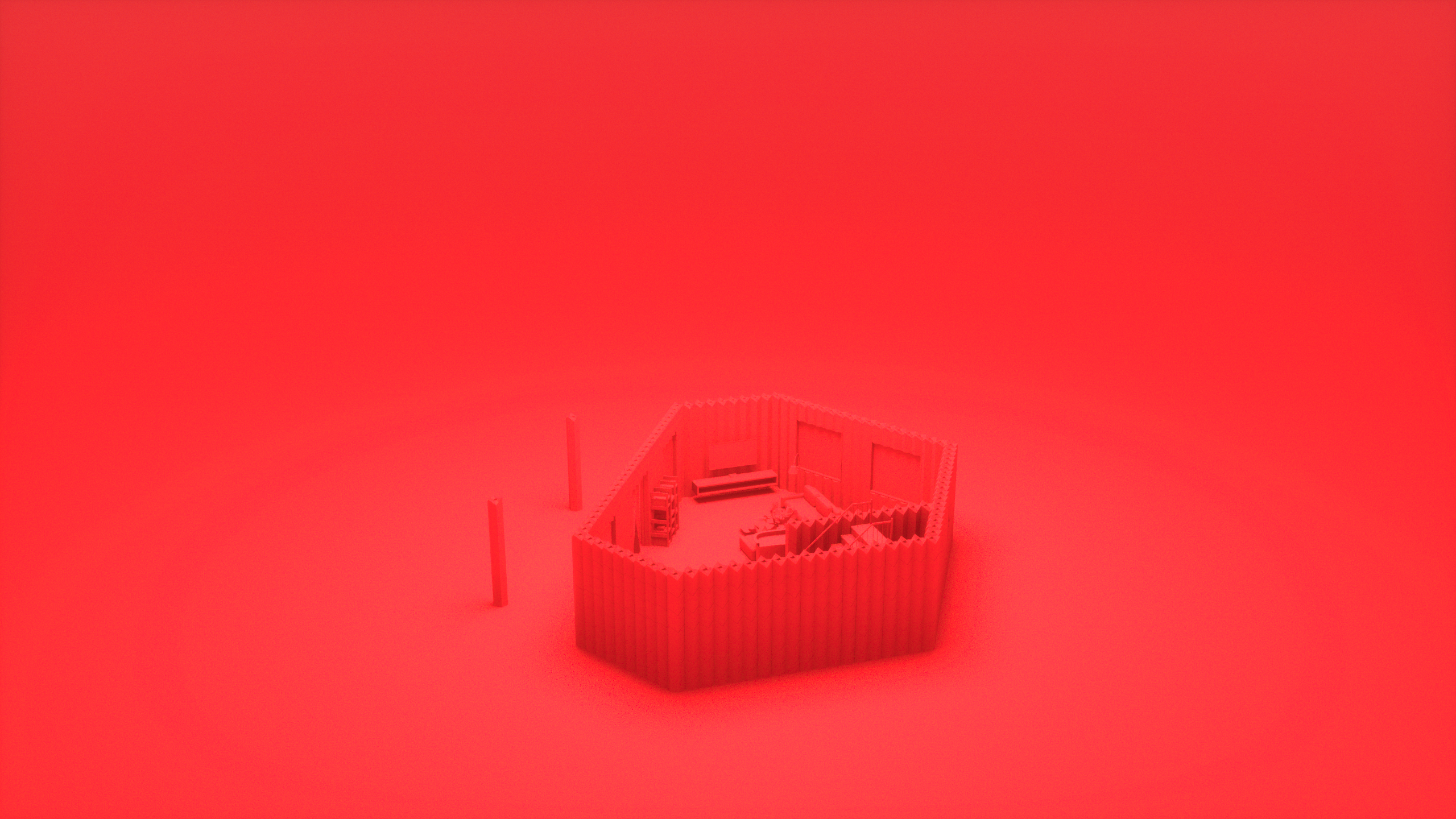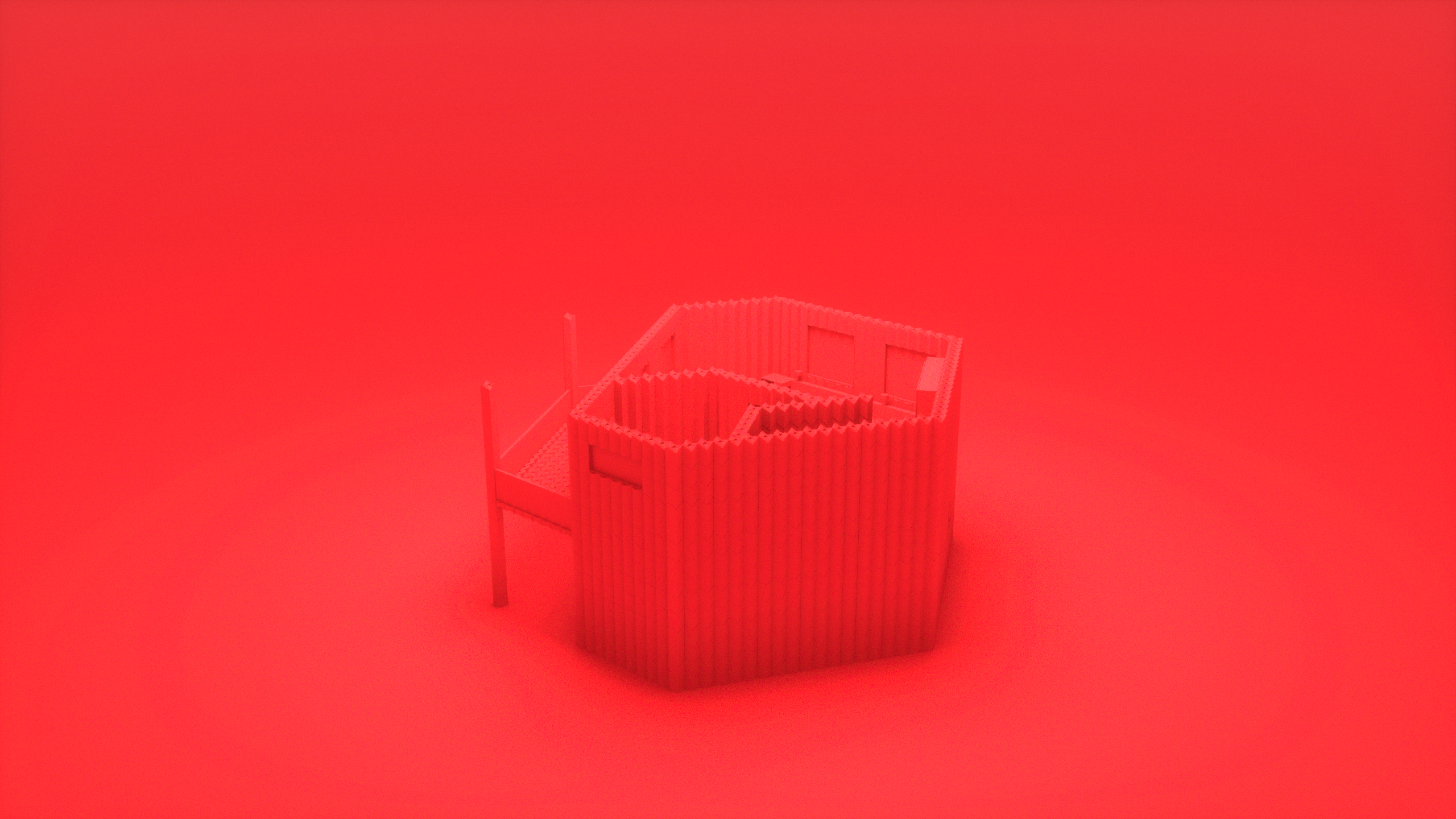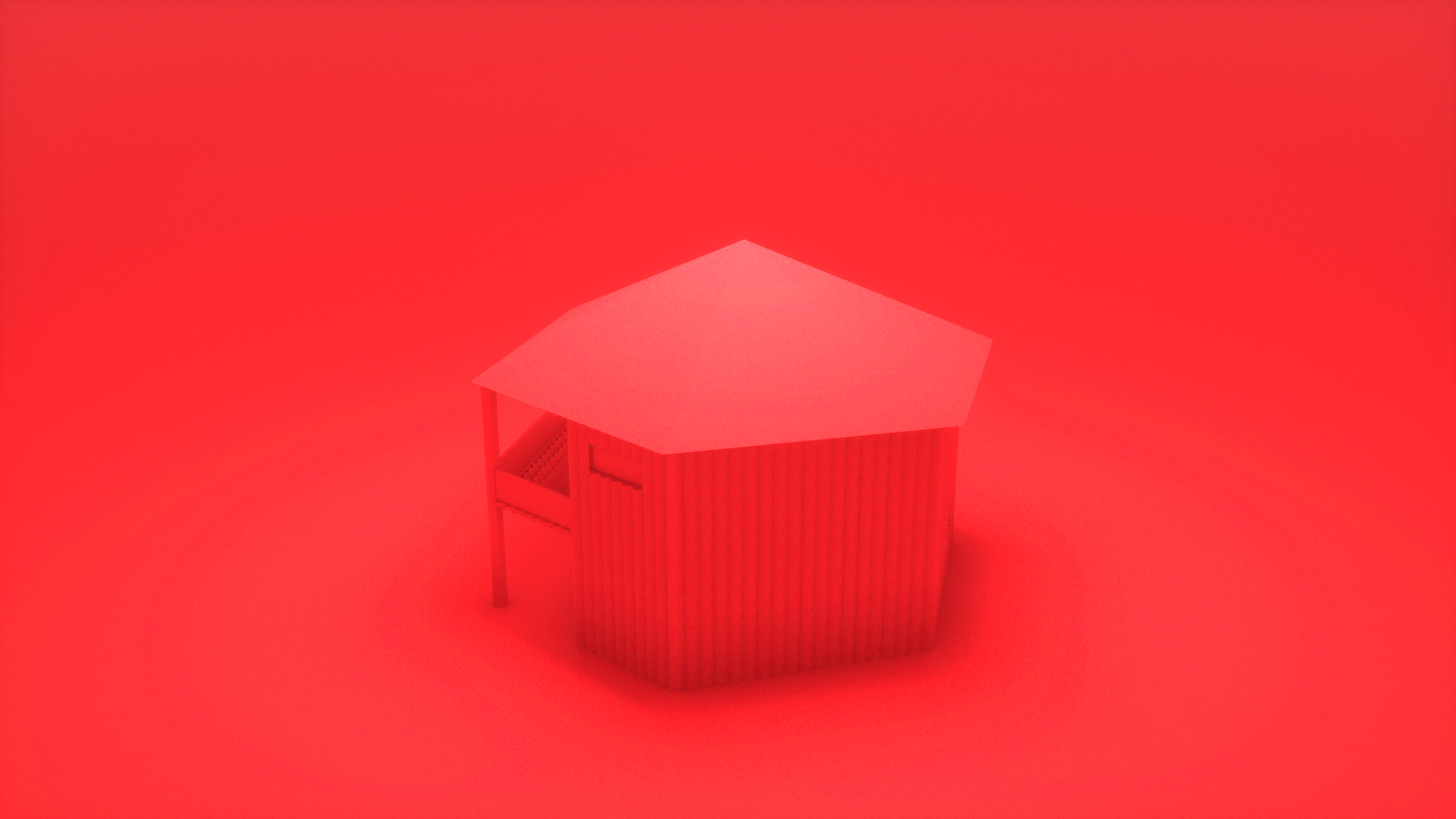




SBRICK
A building block to mitigate earthquake damage
This innovation is based on the principal notion that building components are sensitive to even minor shockwaves because of their rigidity and inflexible interconnections. Structures suffer cracks, permanent damage that accumulates with time, resulting in the ongoing deterioration of architectural structures. SBRICK diverges from that faulty practice by having neighbouring building blocks connecting to each other. The shape of the horizontal surfaces of the blocks creates vertex-like links, with the result that within certain tolerances, after horizontal displacement all the blocks display a tendency to return to their original positions. Vertical links are created by using a traditional running bond. This means that mortar is not required, either. The stability of the building is ensured by gravity and the spine-like, flexible vertical links between the rows of blocks. The holes through the longitudinal axis of the blocks can be used for cabling or other utilities, or may even facilitate connecting the blocks using cables for added flexibility. The design of the SBRICK system uses a carefully selected geometric structure, so the individual dimensions and the angles selected allow the precise incorporation of various other modules, as well. The system is suitable for laying walls at right angles, and with the ceiling slab solutions and arching blocks it can also be used in a highly efficient manner to build multiple floors as well as doors and windows. The external edges of the vertex surfaces of the blocks, which are at right angles, it is also possible to attach the half-cube shown in the figure, which provides for a rich range of structural junctions.
Matching foundations also built using blocks featuring the spiral surface can protect buildings against additional types of harmful displacements. Manufacture using fired clay, concrete, aerated concrete or other modern materials can be used to match the building’s dimensions and function. From wells, interior walls and supporting walls through single-storey houses and multi-storey construction, this innovation is suitable for a wide range of applications.
© 2025 Spidron.net. All Rights Reserved
